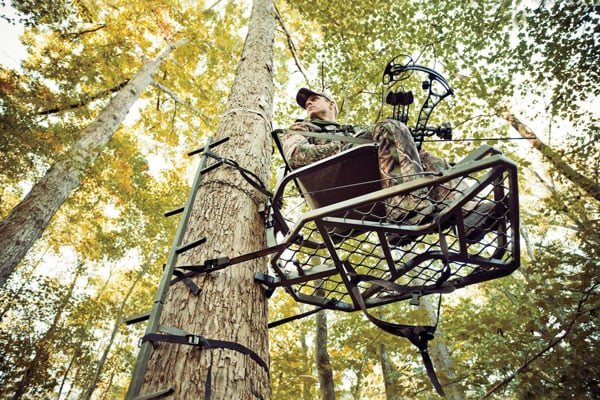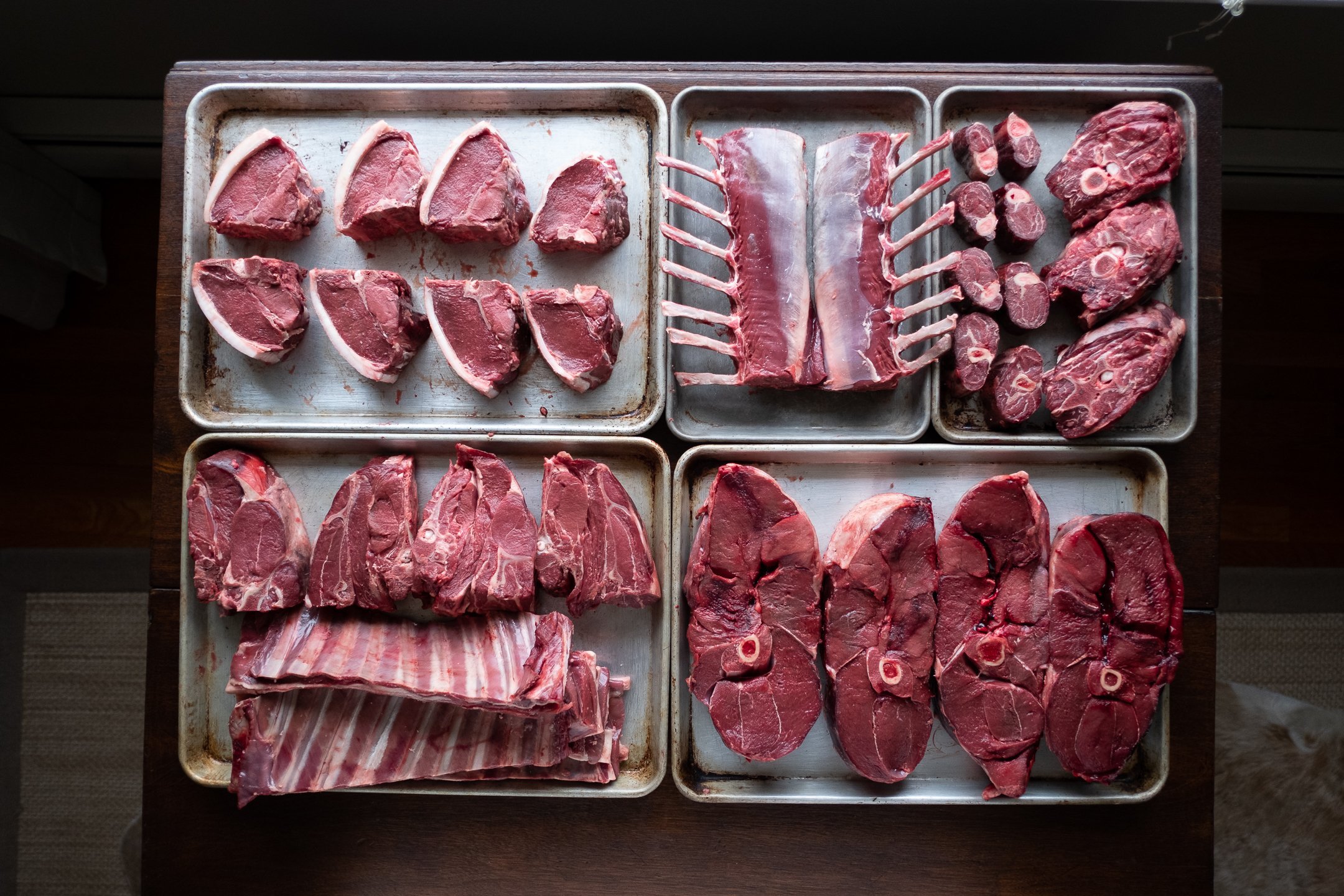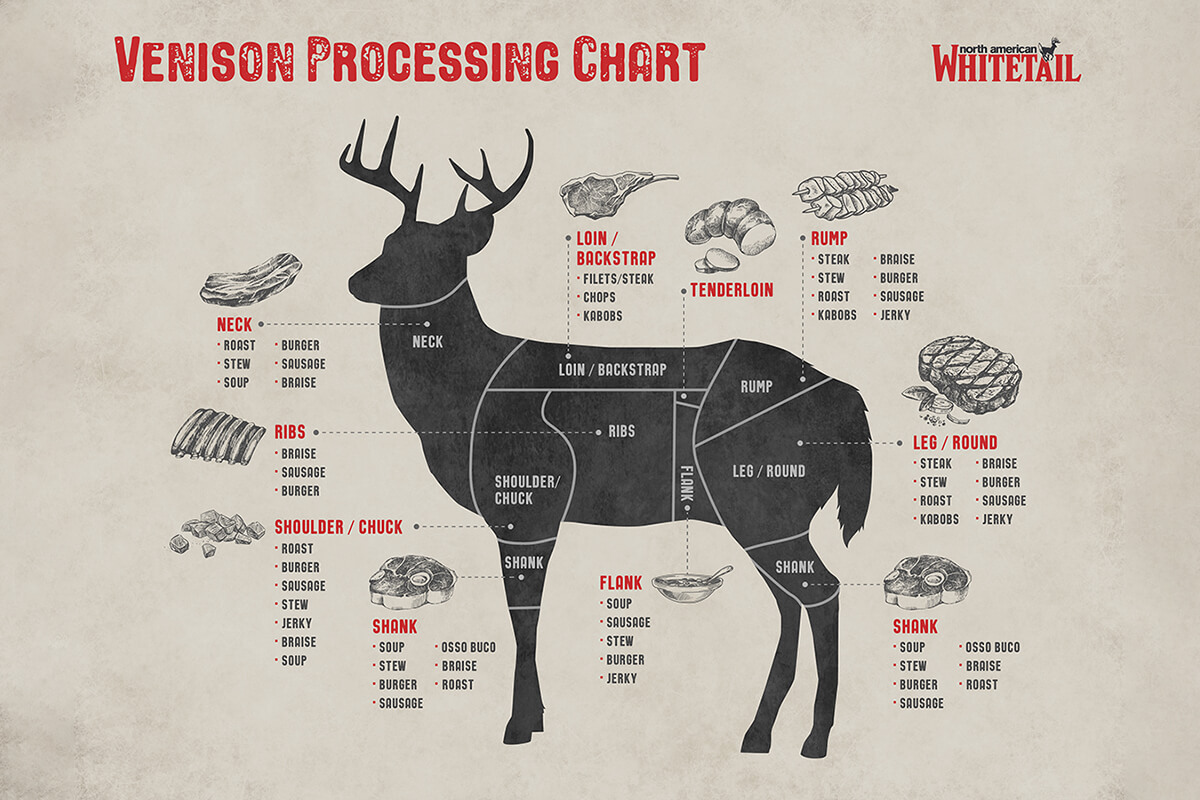
How to Secure a Hang-On Tree Stand
Hang-on tree stands are a favorite among hunters for their versatility, portability, and the strategic advantage they offer in the field
Aug 3, 2024 | by N Johansson

Processing your own deer can be a rewarding experience, providing you with high-quality meat and a deeper connection to your harvest. This comprehensive guide will walk you through everything you need to know about deer processing, including detailed butchering techniques, commonly overlooked aspects, and the importance of using a deer processing kit.
The first step in deer processing is field dressing, which involves removing the internal organs to cool the meat quickly and prevent spoilage. Here's how to do it effectively:
Skinning is the next crucial step, and it can be easier if the deer is hung up. Follow these steps:

Proper butchering ensures you get the most out of your harvest. Here's a detailed approach:
Aging venison enhances its flavor and tenderness. After butchering, hang the meat in a cool, dry place (34°F to 37°F) for a few days. This allows natural enzymes to break down muscle tissue, resulting in more tender meat.
Proper packaging preserves the quality of your meat:
Maintaining cleanliness throughout the processing is essential:
Using a deer processing kit can greatly enhance your processing efficiency. These kits typically include:
Consider these factors when selecting a deer processing kit:
Here are some well-regarded deer processing kits:
Mastering deer processing requires the right techniques and tools. By following best practices for field dressing, skinning, and butchering, and by using a well-equipped deer processing kit, you can ensure that you get the most out of your harvest. Paying attention to commonly overlooked aspects, such as aging the meat and proper packaging, will further enhance the quality and flavor of your venison. Whether you're a seasoned hunter or new to deer processing, having the right knowledge and tools makes the process more efficient and enjoyable.